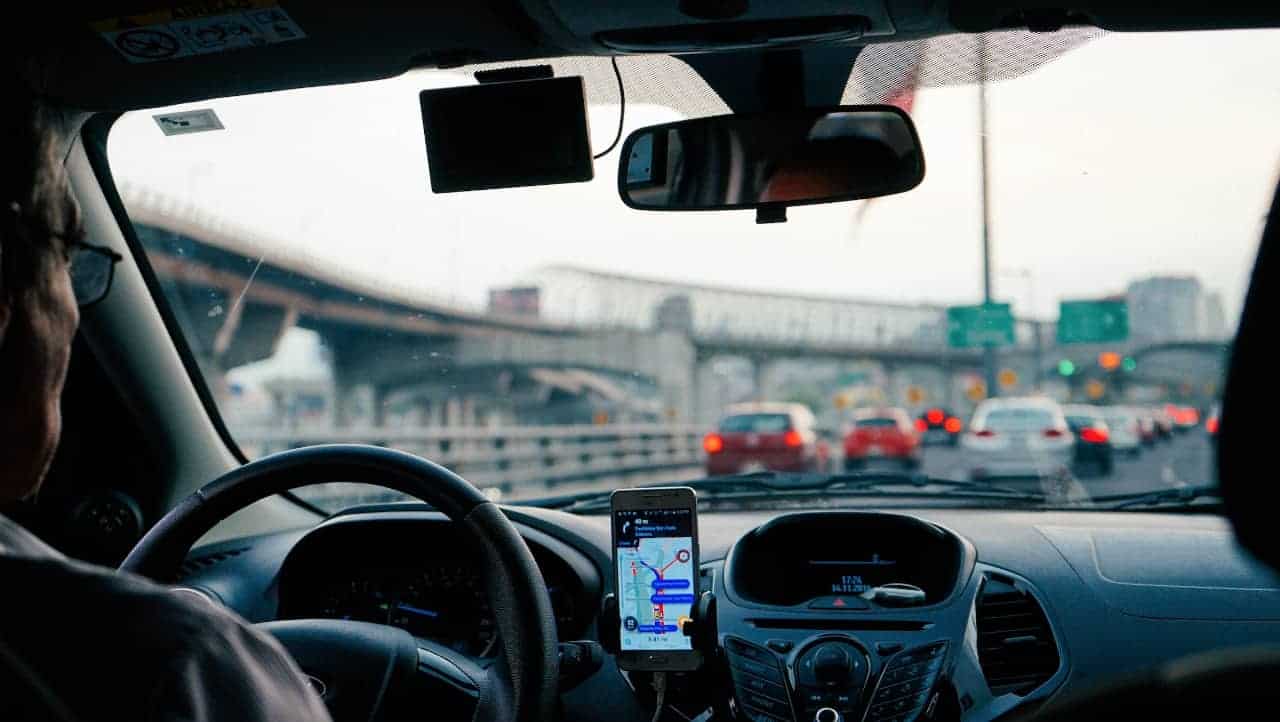Contxto – I love Starbucks, though not exactly for its coffee.
Personally, I find it so convenient to pay for goods with a QR code. Whenever I visit a regular coffee shop, I always have to carry plenty of coins just to make the
Well, not anymore. Imagine paying for a coffee merely by scanning an image on your smartphone. Flux, the up and coming Mexican QR payment app, will facilitate the way companies charge customers for products and services. Potentially, it could change how consumers spend money forever.
Flux founders, as well as the digital crowdfunding platform ArkAngeles, recently
What is Flux?

Description: Flux is a solution-based platform allowing businesses to process payments through QR codes no matter what point of sale terminal they use.
Country: Mexico
Industry: Fintech – Payments
Founders: Max Echeverría and Fernando de la Torre.
Founding Date: 2018
What?
Flux QR developed a solution that enhances communication between point-of-sale terminals and smartphones. This system based on QR code technology allows users to pay at rapid speeds. Businesses can also compete without any complications simply by integrating a device to terminals.
The product functions with every smartphone brand or model, not to mention compatible from any terminal. Businesses don’t have to change anything about their operations or point of sale machinery.
Making things easier for every party, you say? Tell me more.
How?
Okay, so here’s a brief description of the process and how the tech works, in case that’s what you’re into.
- Merchants add the Flux QR device to the bank terminal
- Users open their E-wallet or bank app
- They proceed to scan the QR code in the Flux reader attached to the terminal when it asks for the card
- Done. Transaction completed.
It’s not rocket science. Most likely, you’ve already used the same technology and followed similar steps to pay for your Starbucks coffee. The only difference? You’ll be able to do it at every single partnering business.
Why?
In the mobile payments industry, there’s always a debate over which technology has more functionality and which one will override the other. There’s a clear advantage of QR over Near Field Communication (NFC), such as the following:
The two digital payment platforms with the highest penetration in the world, WeChat Pay and AliPay, both use QR codes. Together, they have 600 and 400 million users worldwide.
Compare this to their two closest competitors leveraging NFC technology (Apple Pay and Samsung Pay) with 210 and 87 million users worldwide.

Story
The company was founded in 2018 by Max Echeverría and Fernando de la Torre. Both have worked together for almost 10 years, first as partners in a mobile payment venture that was eventually acquired by PagaTodo.
During this time, they developed payment technology solutions for companies like Starbucks, Cemex and Alsea in Mexico City.
After the
Fernando (CTO) is responsible for product development and leads the technology management. He holds a Bachelor’s degree in electrical engineering and an MBA from Babson College. Max (CEO) carries out the execution of strategy and sales. He is a lawyer and also has an MBA from Babson College.
Status
Currently, Flux is in talks with several
1) Payment options with QR presented by the trade or NFC such as Mercado Libre and Rappi and Samsung Pay.
2) QR code readers that have to be integrated to the point of sale.
3) New point-of-sale terminals with an integrated camera.
Business Model
Flux has a B2B business model, seeking to reach major banks, E-wallets, chain stores and restaurants. So far, the company has a network of terminals worldwide.
Flux allows
Venture funding
Flux is currently participating in a “friends and family” round of up to MXN$6 million – around US$200,000. From this, US$50,000 is committed by the Ark Fund and US$100,000 by other angel investors.
Future
Flux recently produced its fourth model of
It is also launching a version of its solution for e-wallets (such as Rappi Pay) to accelerate the adoption of its payment method in chain stores and restaurants.
Thoughts
I believe QR coding is an immensely practical and useful technology. Sadly, though, companies aren’t taking advantage of it as much as they could be. In theory, it’s great, but the implementation has been somewhat underwhelming.
QR code usage, though soaring every day, is still low – even in developed nations. Adobe Systems conducted a study in 2014 that evaluated QR code use in four countries: Germany, France, UK
Although Google and Apple are starting their own cardless payment systems, most of the time they use Near Field Communications. Unfortunately, not every smartphone can handle that technology. On the contrary, QR is available on most modern day phones.
Apparently, Flux also believes this. That’s why it’s aiming to methodically execute its product and use the tool to make everyone’s life easier.
It’s time QR technology is available and used by small businesses and individuals as a day-to-day payment alternative.
-VC






